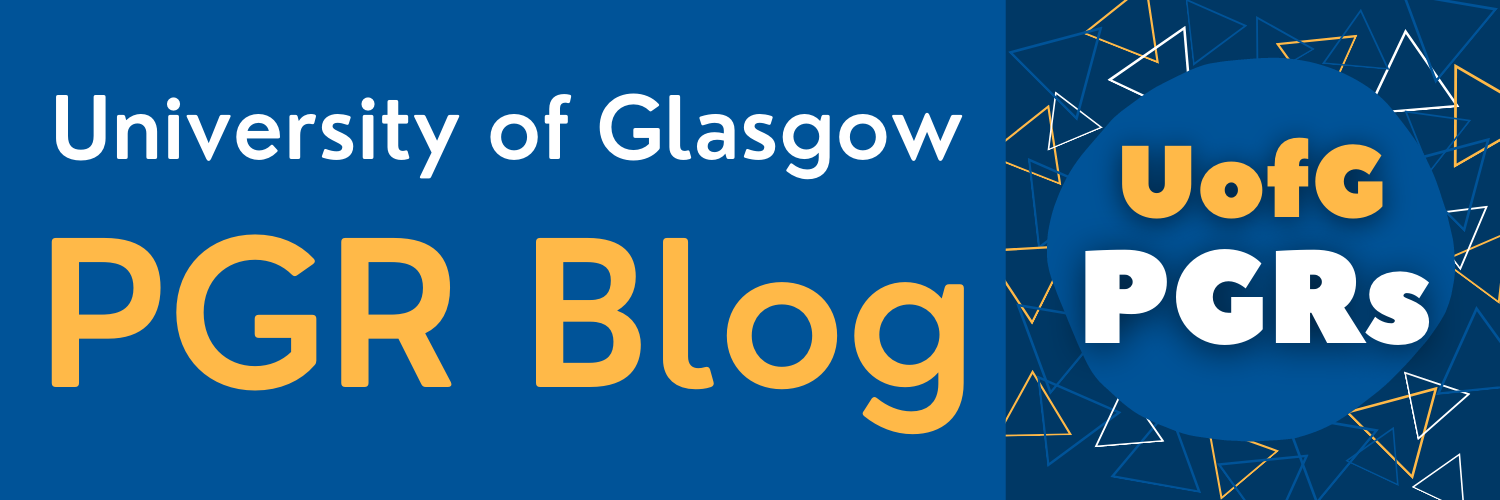Writing as a One-Person ‘Team’
Photo by NESA by Makers on Unsplash.
Shezeen Salim Hemani is a second year PhD student in Management. Her doctoral thesis aims to explore entrepreneurs’ experiences of leading self-created/owned ventures. Her research is based in Pakistan and attempts to understand how context influences entrepreneurial leaders’ microfoundations and what are its implications for outcomes of their own enterprises and beyond. Shezeen also holds a position of Teaching Fellow at Lahore University of Management Sciences.
As PGR students, many of us feel anxious every time we sit down to write. Some of the challenges we face when writing literature review chapters, in particular, are where to start and how to present the exhaustive amount of information while also meeting expected standards of maturity and conceptual sophistication in our work.
While teaching executive level Team-Building courses, I came across the Belbin Team Roles framework, which provides a refreshing perspective if applied to the process of scholarly writing. Belbin argues that for teams to be successful, it needs a range of specific roles: a specialist, resource investigator, monitor evaluator, etc., which can transform groups into high-powered teams. Adopting a similar logic, I began to conceptualize myself and function as a ‘team’ rather than an ‘individual’, consciously developing a range of capabilities expressed as roles which were required during various stages of the writing process. Below a list of those roles and their features in the order of execution that has worked best for me.
The Hemani Writing ‘Team’ Roles
The investigator digs through literature, reads with an open mind, and reflects on the content.
The builder organizes literature by creating an outline and categorizing content into sections.
The shaper synthesizes the content, adds personal reflections and ties the fragmented sections into a coherent piece.
The meditator seeks mindful detachment from the writing process (going for a walk, spending time with family, or taking a nap!) to rejuvenate the mind and the body for the next phase of writing.
The conference speaker provides perspective of the big picture, attempts to clearly articulate and present the written word to oneself and/or a peer.
The external reviewer deliberately steps out of the shoe of the writer to be able to critically question and raise potential problems in the writing.
The insider specialist steps back into the author’s position to respond to the critical review taking every step to establish credibility and expertise.
The quality expert painstakingly searches for grammar and punctuation errors, complies with writing standards, and seeks to polish the draft.
I am sure many of you must have consciously or otherwise engaged in the above through researching, drafting, re-writing, copyediting,proofreading, etc. But to be able to get the best from these roles, here’s some useful tips:
Mindfully draw lines between roles to ensure each character gets the spotlight. For example, I often find myself being unfair to the shaper. The shaper works like an indulgent craftswoman who thrives on the flow of her work but is often disrupted by the quality expert – someone who forgets that craftsmanship is an art and cannot function using the science of the assembly line. So, allow the shaper to write in its most raw, even flawed and unfinished, form without allowing the perfectionist in you to interrupt after every line. There is power in the flow!
Play with the sequence but be careful of jumping too soon to Role 8. For a long time, I performed Roles 1-3 and then jumped to Role 8, and did so repeatedly paving the way to frustration and losing sight of the big picture. There is no point perfecting a piece till it has been scrutinized by the meditator, conference speaker, external reviewer and insider specialist.
Recognize the power of and nurture Roles 4-7: I see Roles 1-3 as the fundamental ones which are essential to produce satisfactory work, but to produce high quality work one needs to nourish our critical thinking and allow that to reflect in our work. To do so, the meditator allows for clearing the mental clutter that often results after reading tones of articles; the conference presenter provides an opportunity to verbally express complex ideas in simple everyday language (which in some cases may be our native language) and the reviewer and specialist adds the voice that establishes us as experts in our chosen fields.
In a nutshell, it may be stated that these writing roles are indeed our professional roles: the hats that we will be wearing as academics in the years to come. Hence, it may be worthwhile to think about and nurture these roles the next time you write.
What do you think of this one-person writing ‘team’ idea? Let us know in the comments or on Twitter or Instagram @UofG_PGRblog.
Also get in touch if you have any blog ideas, either for us to write or for you to guest post. This could be about topics, events, advice…anything related to being a UofG PGR!



